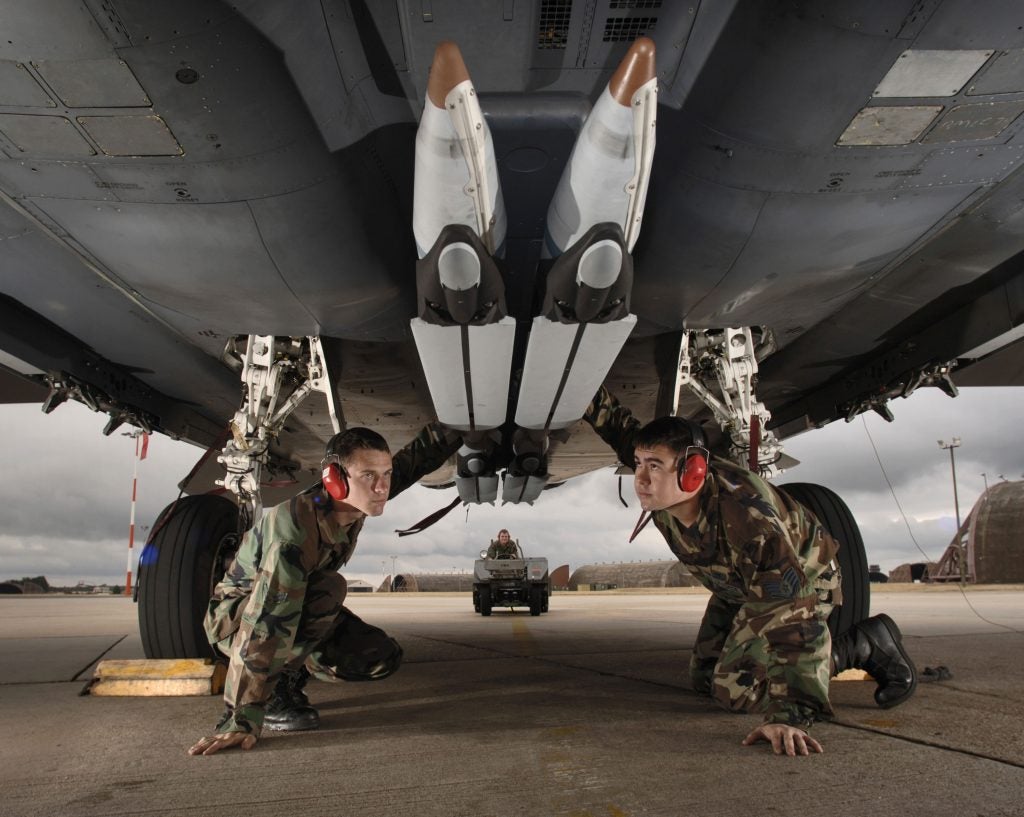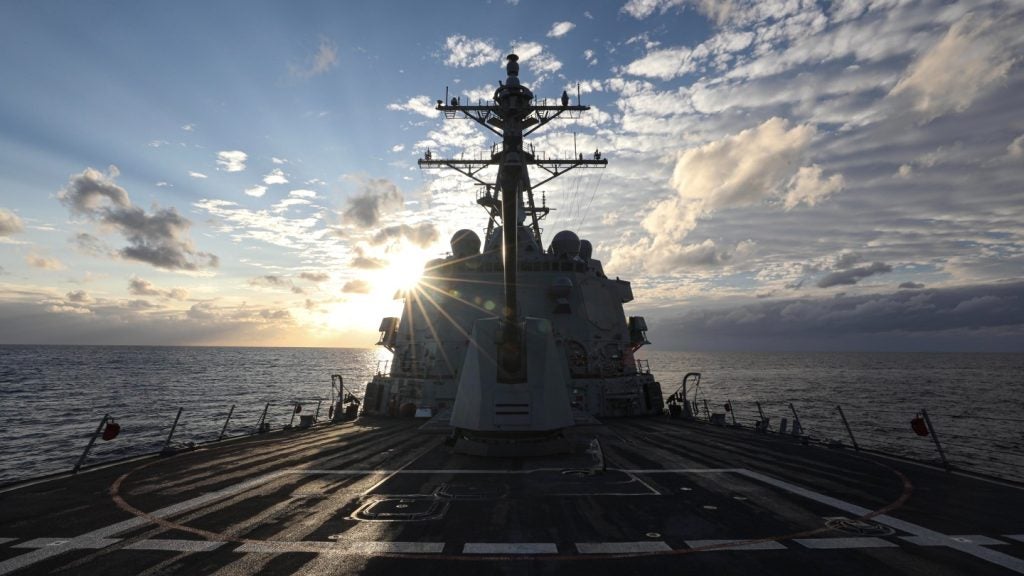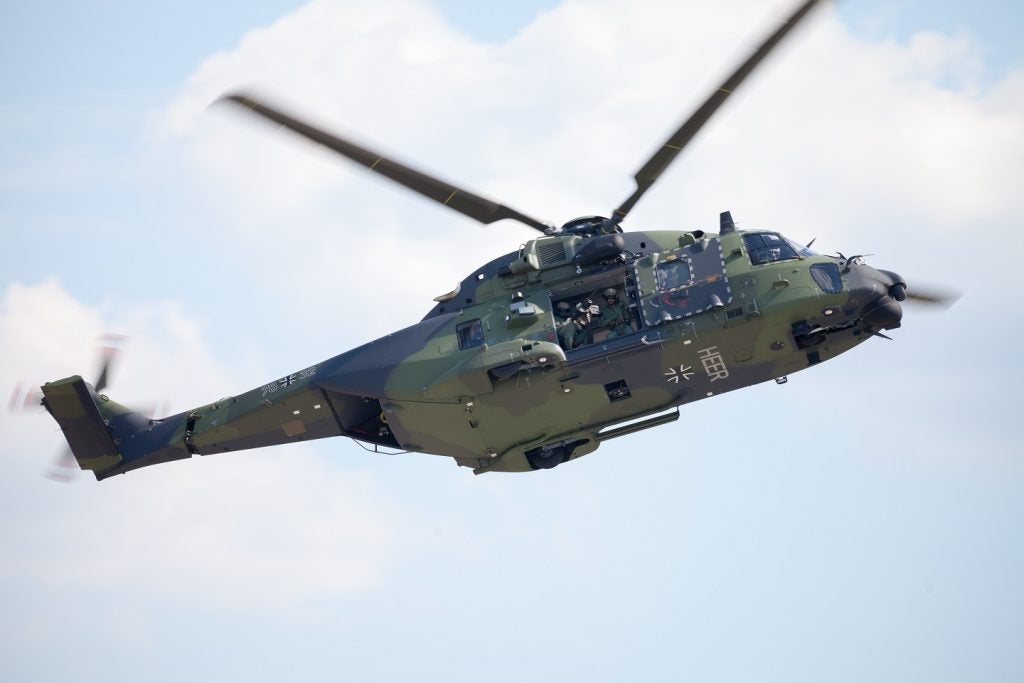Boeing has won a contract worth $33m for sustainment and logistics support of the Small Diameter Bomb I (SDB-I), also known as the GBU-39, the US Department of Defence announced on 22 November. The next-generation precision strike weapon is a low-cost, low collateral damage system that has been used aboard a range of airframes, including the F-15E, F-22A and F-35 fighters.
In collaboration with Saab, Boeing is a joint manufacturer for the GLSDB, a precision rocket with a payload based on the SDB-I, which is expected to be received by Ukraine this winter.
The GBU-39 is a precision-guided glide bomb weighing 250lbs, with a design that allows aircraft to carry a higher quantity of precise munitions. The compact dimensions of the bomb provide a greater payload capacity for a single attack aircraft compared with the existing bomb units now in use. The majority of aircraft in the United States Air Force are capable of carrying a set of four SDBs using a BRU-61/A rack, in place of a single 2,000lb bomb.
In an Air Force release for the declaration of initial operation of the GBU-39, in 2006, the Air Combat Command Advanced Weapons Requirements Branch Deputy Chief, Lt. Col. Mark Pierce, described the system as a versatile weapon, effective day or night, that can be fired at targets in front of, to the sides and behind the employing aircraft. It has a range of 50 nautical miles when launched at 40,000ft from an aircraft travelling at Mach .95, and is typically deployed against targets including hardened aircraft bunkers, early-warning radar, stationary SCUD missile launchers, and stationary artillery.
SDB programmes are a consistently strong element of national procurement plans, with Belgium, Israel and Saudi Arabia all acquiring the system, according to GlobalData’s The Global Military Ammunition Market 2021–2031 report.












